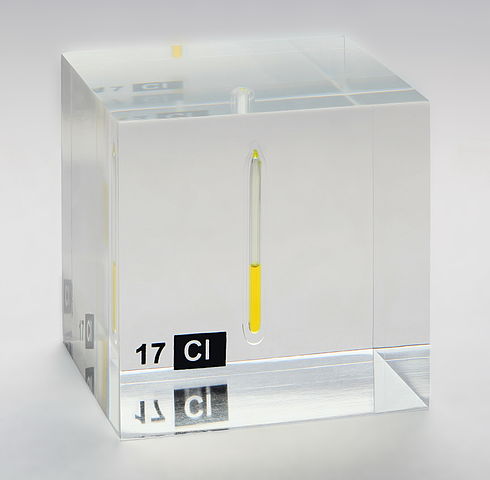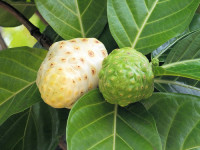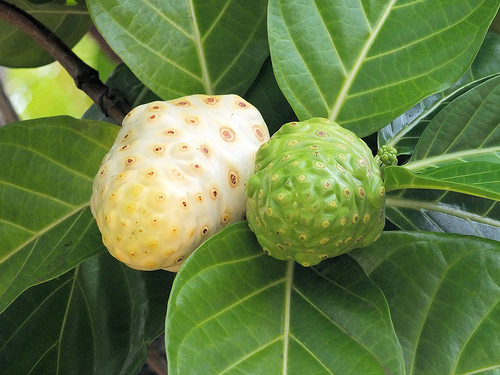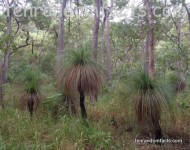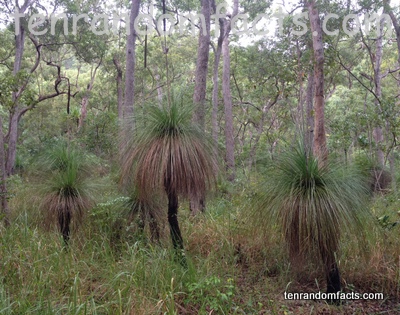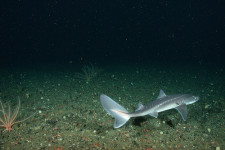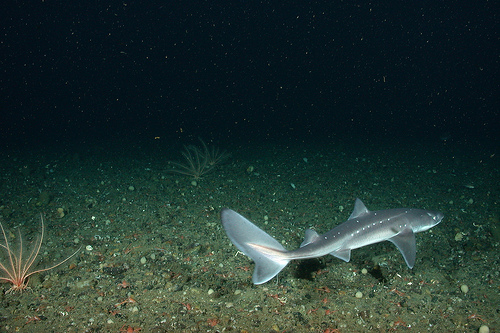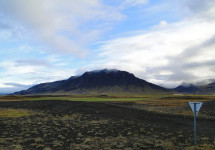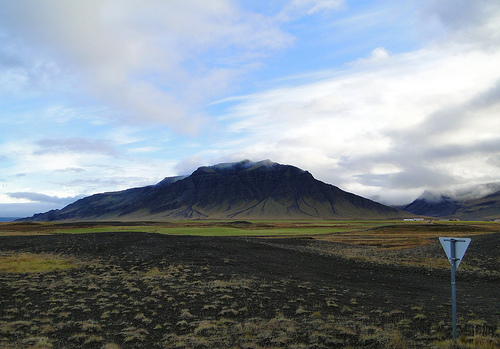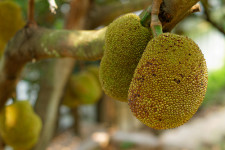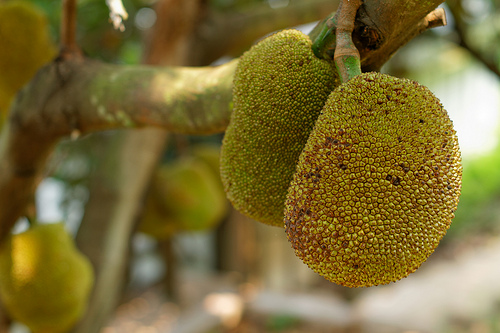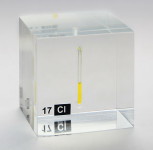
Chlorine’s great importance and versatility makes it quite the chlorified chemical.
- Chlorine is a fundamental element of chemistry denoted by the atomic symbol ‘Cl’ and the number 17.
- Out of the world’s most common crust elements, chlorine is listed as number twenty-one, but it generally exists in an impure form, such as in common salt.
- At 0°C (32°F) and 100 kPa of pressure, chlorine can be found in a gaseous form, and the gas is a green-yellow colour, while the liquid form tends to be more yellow in colour.
- Although part of the common salt compound (sodium chloride) was commonly used by ancient civilisations, chloride in its pure gaseous form was first known in 1630 by Jan van Helmot, a chemist from the Southern Netherlands, however this finding was originally considered unimportant.
- The chemist most commonly credited with the discovery of chlorine is Carl Wilhelm Scheele from Sweden, in 1774, however he suggested the chemical was a compound (with multiple individual elements) rather than an element itself.
Liquid Chlorine
Image courtesy of Wikimedia Commons
- Chlorine as an element is typically extracted from brine, sodium chloride (common salt) dissolved in water, using an electric current.
- It was only in 1809, that newly published results of an experiment speculated that chlorine was its own element, as observed by the French chemists Joseph Gay-Lussac and Louis-Jacques Thēnard; and the element was later isolated and named in 1810 as ‘khlōros’, a Greek word referring to the colour green, by Humphry Davy, a chemist from England, and he changed this term soon after, to the one we use today.
- Chlorine is commonly used for disinfectants, especially for pools; to purify water for drinking; and to create dyes, plastics, insecticides, and house cleaning chemicals like bleach, among others.
- Around the 1830s, various compounds were created using chlorine, to remove the smell of dead flesh in hospitals.
- Chlorine was used by the Germans during World War I, as a lethal gas that damaged respiratory organs, eyesight and skin.
Bibliography:
Blaszczak-Boxe A, Facts About Chlorine, 2014, Live Science, http://www.livescience.com/28988-chlorine.html
Chlorine, 2016, Wikipedia, https://en.wikipedia.org/wiki/Chlorine
Chlorine – Cl, 2016, Lenntech, http://www.lenntech.com/periodic/elements/cl.htm





